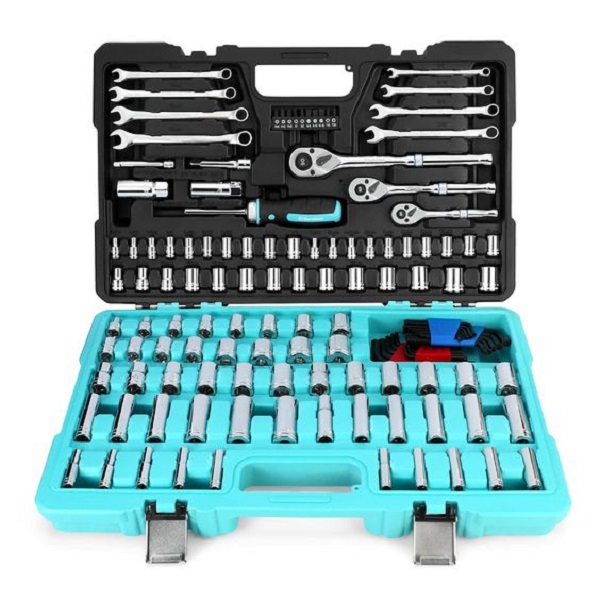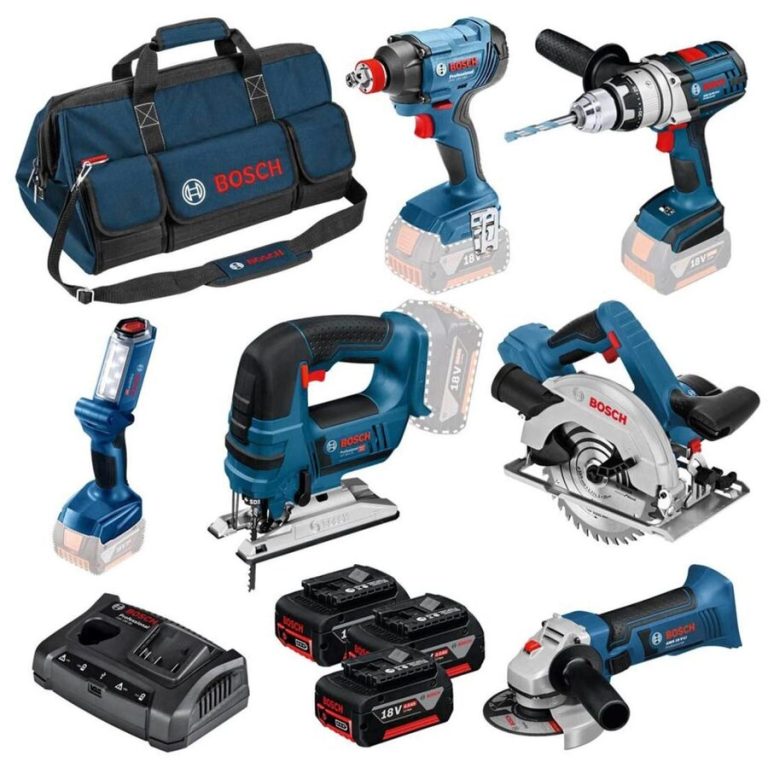
The Ultimate Hand Tools List for Every Workshop
Introduction
Hand tools form the backbone of any workshop. They tackle projects large and small. From intricate handiwork to rough construction jobs. This comprehensive list covers all essential hand tools. It explains their uses and importance. Having these versatile tools on-hand empowers DIYers. With this arsenal, any task becomes possible.
Tool #1: Hammer
No workshop operates without a trusty hammer. This hand tool drives in nails effortlessly. It provides brute force and striking power. Choose a versatile 16-ounce claw hammer. This weight suits most jobs ideally. Use the claw side for removing nails too. Always select a hammer with a sturdy hickory or steel-reinforced handle.
Tool #2: Pliers
Pliers should occupy every toolbox. These invaluable grasping tools come in many varieties. Start with a standard set of 6-inch slip-joint pliers. They grip, bend and turn all types of material. Add groove-joint pliers for gripping pipes and nuts better. Long nose pliers maneuver into tight spaces handily.
Tool #3: Screwdrivers
Equip a full range of screwdrivers for different fasteners. This includes flat-head and Phillips-head varieties. Opt for multi-sized screwdriver sets. Precision screwdrivers access tiny electronics fasteners too. A versatile 6-in-1 painter’s tool handles most medium fasteners. Invest in high-quality screwdrivers with comfy grips.
Tool #4: Wrenches
Wrenches apply high torque for tightening fasteners. Include both open-end and box-end wrenches in fractional and metric sizes. These allow loosening tight nuts and bolts easily. Adjustable wrenches provide extra versatility. Socket wrench sets accelerate repetitive fastener work significantly.
Tool #5: Utility Knives
Utility knives provide ultra-sharp, controlled cutting power. They score, slice, and trim materials precisely. Always use blades designed for the cut material tools. Snap-off blade knives ensure fresh sharp edges readily. Folding box cutters add safety and portability in a workshop. Heavy-duty utility knives tackle tough cuts effortlessly.
Tool #6: Safety Gear
Prioritize workshop safety above all else. Always have eye protection, dust masks, and thick work gloves available. Steel-toe boots shield feet from dropped objects. Proper ear protection lessens noise exposure too. Hard hats prove essential for construction zones.
Tool #7: Clamps
Clamps secure workpieces during assembly, sawing, gluing and more. Every workshop needs a versatile assortment of clamps. Start with all-purpose bar and C-clamps in varying sizes. Spring clamps provide convenient one-handed operation. Include pipe clamps and corner clamps too.
Tool #8: Level
A level helps ensure surfaces and layouts are perfectly straight. Use bubble levels to keep horizontals and verticals accurate. Look for durable torpedo levels and I-beam levels. Laser levels project dead-straight reference lines for construction. Quality levels save time and minimize errors.
Tool #9: Putty Knives
These handy tools apply and smooth plasters, fillers and sealants. Look for sturdy putty knives in both stiff and flexible styles. Wider hand tools cover big areas quickly. Offset and angled options access tight spaces. Plastic putty knives prevent scratching or denting.
Tool #10: Chisels
Aspiring woodworkers must have sharp chisels on hand. Use wood chisels to carve, shave, score and pare surfaces precisely. Cold chisels provide striking power for metalwork. Diamond-tipped chisels engrave tile, stone and glass. Ensure chisel edges are honed for maximum effectiveness.
Tool #11: Saws
Saws cut through a wide range of rigid materials. Start with a backsaw for woodworking. Drywall or keyhole saws slice through plaster handily. Add a hacksaw for cutting metal pipes and rods. Quality hand saws feature rigid tensioned blades and comfy handles.
Tool #12: Pry Bars
Pry bars provide heavy-duty leverage when disassembling objects. Use flat bars to separate surfaces cleanly. Wonderbars feature curved ends to sink into materials easily. Cat’s paw pry bars access confined spaces adeptly. Choose sturdy pry bars made of forged steel alloy.
Tool #13: Squares
Squares allow marking perfect 90-degree angles. These shape lumber and ensure accurate joints during construction. Use flat squares for construction framing. Rafter squares calculate precise roof pitch angles. Combination squares merge these functions handily.
Tool #14: Tape Measures
Quality tape measures belong in every toolbox. They provide fast and accurate length measurements during projects. Opt for durable tape measures with rubberized grips and thick blades. Include compact pocket-sized and long 25-foot tapes too. Self-adjusting stud markers prove invaluable.
Tool #15: Tool Boxes
Finally, every DIYer needs proper tool storage. Hand tool boxes protect and organize supplies. Look for sturdy containers with compartments to separate tools. Roll-away chests transport entire tool collections conveniently. Always secure boxes to discourage theft.
Tips for Choosing Quality Hand Tools
Invest in professional-grade tools constructed to withstand heavy use. Search for reputable brand names known for strength and durability. Never purchase bargain-bin tools – they’ll yield poor performance and safety risks. With proper care and maintenance, quality hand tools provide decades of reliable service.
Hand Tool Safety Reminders
Always wear eye protection when using striking, cutting or sawing tools. Double-check for loose clothing or jewelry that could get caught. Maintain a clean, organized workspace too. Dull or damaged tools increase accident risks – replace immediately. Following basic precautions makes workshop time safe and enjoyable.

Tool Storage Solutions:
-
Toolboxes: Choose a sturdy toolbox with compartments and drawers to keep your tools sorted and protected.
-
Tool Bags: Tool bags are portable and ideal for carrying essential tools to different project locations.
-
Pegboards: Hang a pegboard on your wall and use hooks and hangers to keep your frequently used tools within easy reach.
-
Tool Belts: Tool belts are handy for carrying smaller tools and accessories while working on a project.
Labeling and Sorting:
-
Label Everything: Label your drawers, compartments, and hooks to quickly find the tool you need.
-
Group Similar Tools: Store similar tools together, such as grouping all wrenches in one drawer and all screwdrivers in another.
-
Use Clear Containers: Utilize clear plastic containers to store small parts and accessories like screws, nails, and drill bits.
-
Maintain a Clean Toolbox: Regularly clean out your toolbox and discard any broken or worn-out tools.
Proper Tool Usage:
Read Instructions: Always read the manufacturer’s instructions before using a new tool.
Use the Right Tool for the Job: Avoid using a tool for a purpose it wasn’t designed for.
Maintain Your Tools: Keep your tools clean and in good working condition.
Inspect for Damage: Before each use, inspect your tools for any signs of damage.
Maintaining Hand Tools for Life
With proper maintenance, quality workshop tools list truly last forever. Sharpen cutting blades and edges routinely. This maintains peak performance. Store tools neatly in their designated spot between uses. A light coating of moisture-repellent oil prevents rust buildup. Refurbish wooden handles by re-staining periodically. Practicing maintenance maximizes tools’ working longevity.
In conclusion, the comprehensive list of hand tools offers a wide range of options for various tasks and projects. From simple tasks to intricate projects, having the right hand tools can make all the difference.
Whether it’s wrenches, screwdrivers, pliers, hammers, or tape measures, each tool serves a unique purpose and contributes to a well-rounded toolkit. By having a diverse selection of hand tools, individuals can tackle a multitude of jobs with confidence and efficiency. The variety of hand tools available caters to different needs, skill levels, and preferences, providing flexibility and adaptability for any project.
Additionally, the quality and reliability of the hand tools on the list ensure longevity and performance, making them valuable investments for DIY enthusiasts, professionals, and hobbyists alike. Overall, the hand tools list in 2024 serves as a valuable resource for individuals looking to equip themselves with the essential tools needed to handle a wide array of tasks and projects effectively.
Investing in Quality Tools
While it might be tempting to opt for the cheapest tools available, investing in quality hand tools is a wise decision. High-quality tools are typically made from durable materials, offer better performance, and last longer, saving you money in the long run.
Having a well-organized toolbox is just as important as having the right tools. A cluttered toolbox can lead to frustration and wasted time searching for the tool you need. Consider investing in a toolbox with compartments, drawers, or a tool bag with pockets to keep your tools sorted and easily accessible.
Safety First
When working with hand tools list, safety should always be a top priority. Always wear safety glasses to protect your eyes from flying debris. Additionally, wear gloves when handling sharp or rough materials, and use ear protection when operating noisy tools.
Proper maintenance is essential for keeping your hand tools in top condition. Regularly clean your tools to remove dirt, debris, and rust. Sharpen blades and cutting edges as needed to ensure optimal performance and safety. Lubricate moving parts to prevent friction and wear.





